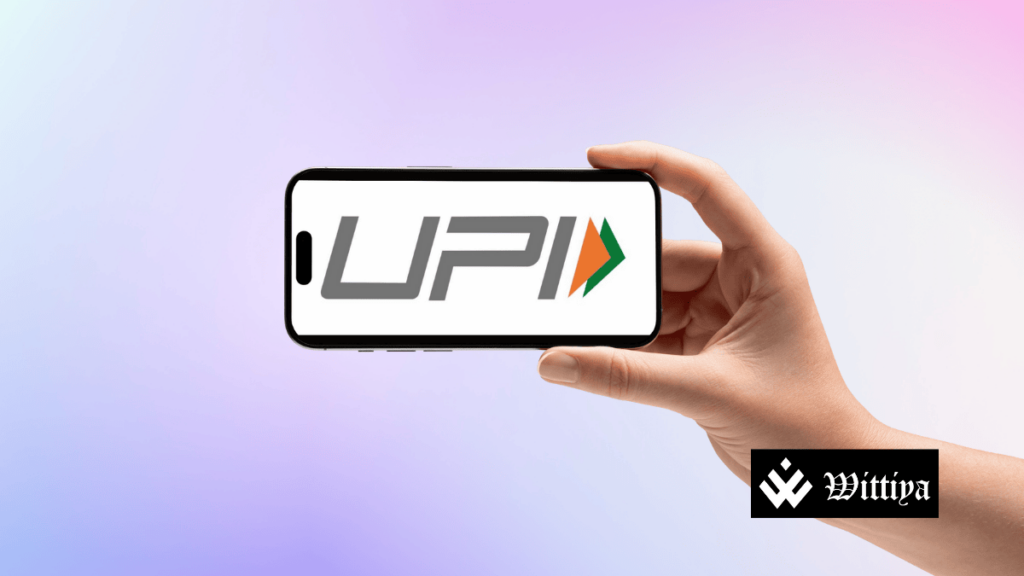India is set to phase out ‘collect’ UPI payments for merchants as the National Payments Corporation of India (NPCI) moves to curb digital fraud. The shift to ‘push’ transactions, where customers initiate payments, aims to enhance security. Meanwhile, banks are urging the government to reinstate the Merchant Discount Rate (MDR) on UPI and RuPay transactions, which could impact small businesses.
The National Payments Corporation of India (NPCI), the governing body for digital payments, is reportedly set to phase out ‘collect’ transactions for merchant payments on the Unified Payments Interface (UPI) to curb fraudulent activities. This move is expected to enhance security and prevent scams targeting unsuspecting users.
NPCI, established in 2008, is responsible for operating India’s retail payment and settlement systems, including UPI, RuPay, and IMPS. UPI has become India’s leading digital payment method, processing over 16 billion transactions in February 2025 alone, with 10 billion transactions made by merchants.
Why Are Collect Call Transactions Being Phased Out?
A ‘collect call’ transaction, or pull payment, allows merchants to request money from customers, who approve the payment via their UPI app. However, this method has become a target for fraudsters who deceive customers by sending fraudulent payment requests.
Authorities are now shifting towards push transactions, where customers initiate payments by scanning QR codes or using other secure methods. This change reduces risks by eliminating unauthorized requests.
Rise in Digital Payment Frauds
India has witnessed a rise in digital fraud cases, prompting stricter regulations. According to the Reserve Bank of India (RBI), the first half of FY25 saw 13,133 fraud cases in digital transactions, amounting to losses of ₹514 crore. In FY24, digital payment fraud cases exceeded 29,000, with fraudsters siphoning off ₹1,457 crore.
Fraudsters exploit pull transactions by setting up fake websites, tricking users into approving payments for non-existent products. Unlike verified merchants on platforms like Flipkart and Amazon, smaller or fake merchants bypass Know Your Customer (KYC) verification, making scams easier to execute.
Impact on UPI Transactions
UPI continues to dominate India’s digital payment space, with transactions growing 46% year-on-year in 2024, reaching 172.2 billion. However, collect call transactions now account for less than 3% of merchant payments, as many online platforms have shifted to direct UPI integrations.
For peer-to-peer (P2P) transactions, NPCI has already placed a ₹2,000 cap per request to limit fraud exposure. These transactions also contribute to less than 3% of total P2P payments.
NPCI’s Alternative Verification for Merchants
To ensure a smooth transition, NPCI is evaluating alternative verification mechanisms for large merchants. Payment aggregators and banks may be required to verify merchant credentials, although details on implementation remain undisclosed.
Meanwhile, banks are lobbying for the reintroduction of the Merchant Discount Rate (MDR) on UPI and RuPay debit card transactions. MDR, a fee charged to merchants for processing digital payments, was waived earlier to boost digital adoption. If reinstated, MDR could increase operating costs for small businesses relying on UPI for cost-free transactions.
The phasing out of collect call UPI payments marks a significant shift in India’s digital payment landscape. While the move enhances security, the potential return of MDR could impact merchants, making digital transactions more expensive. As NPCI refines its policies, businesses and consumers must adapt to evolving digital payment norms in India.
